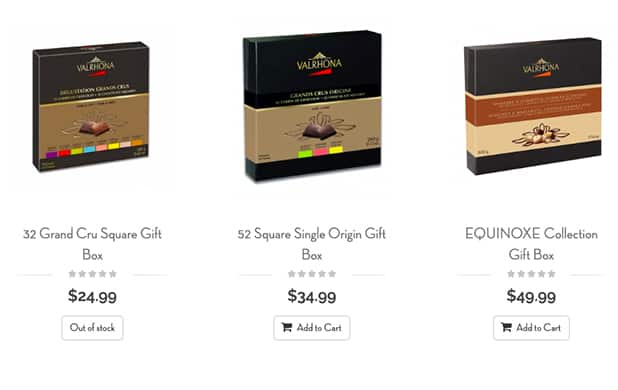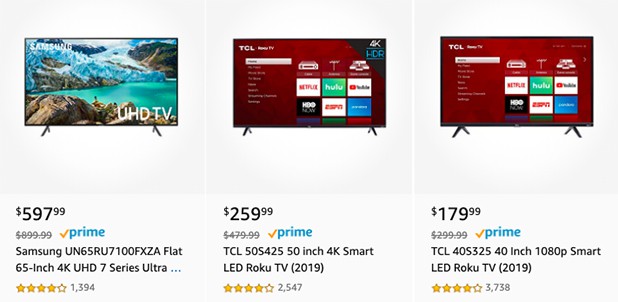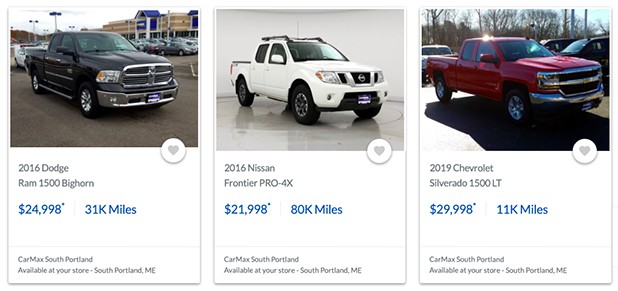People work hard in their everyday lives to strike a happy medium. Most people find comfort in the middle-ground and tend to avoid extremes. Apparently, we do so when we’re shopping too. When presented with three options, we tend to choose the middle option and avoid the two extremes.
Marketers call it ‘the decoy effect’—a term coined back in 1982 for the first time by J. Hubel, J. W. Payne and C. Puto—and they use this cognitive bias with the help of the strategy they’ve developed: decoy pricing.

What is decoy pricing?
Decoy pricing is a strategy that aims to guide a potential customer towards a specific product by presenting an inferior choice.
What’s the reason for our disposition toward the middle-way option?
Basically, our brain eliminates the cheapest option regardless of whether it actually meets our needs or not because it seems inferior to the rest.

When it comes to the most expensive of the three, once again, our subconscious mind steps in and tells us that the extra features are unnecessary or not worth the extra money. So, we go for the middle option.
Examples

If you were to choose one of the TLC TVs, you’d be evaluating whether the $80 difference worth the extra features of the expensive one. But Amazon presents you with an additional option.
Considering the fact that you were choosing between TVs for under $300, the decoy option is much above your budget.
Why does Amazon display these three products next to each other?
Because the decoy option is far more expensive and has advanced features compared to the other two, it creates negative feelings toward the third option. It prompts us to choose the middle-priced option.

This car retailer displays its cars in accordance with the decoy pricing strategy.

We frequently come across deals like the one above, and as pizza lovers, we can’t stop ourselves from going for one of the bigger options.
Pros & Cons
- Some scholars argue that the decoy effect is significantly reduced with meaningful qualitative descriptions of the products.
- There is no observed disadvantage of this strategy, yet its positive impact is not clearly observable.

Integrating this tactic into an online store
Even though you don’t have a say in whether manufacturers produce decoy options or not, you decide how to display the products on your website. You can select products with similar uses from different suppliers/manufacturers and present them together in a manner that will create a decoy effect.
Moreover, you can also create several bundles that are priced differently and make sure that the middle option is more attractive than the others.
In the example below, we see three bundled gift options from a chocolate store.

Although the largest bundle looks charming, it costs twice the mid-way option. What about the cheapest one? It seems a little too plain, and it’s only $10 cheaper than the fancier option.
Final thoughts
While some scholars are certain of decoy pricing’s impact on consumer behavior, others claim that the decoy effect loses its impact if the consumers make well-informed decisions.
Retail giants like Amazon make use of this strategy, and there is no reason why you shouldn’t try it, too.

Comment (1)
Anna Hassan
16.05.2019I haven’t ever used decoy pricing, but it’s something to consider
Comments are closed.